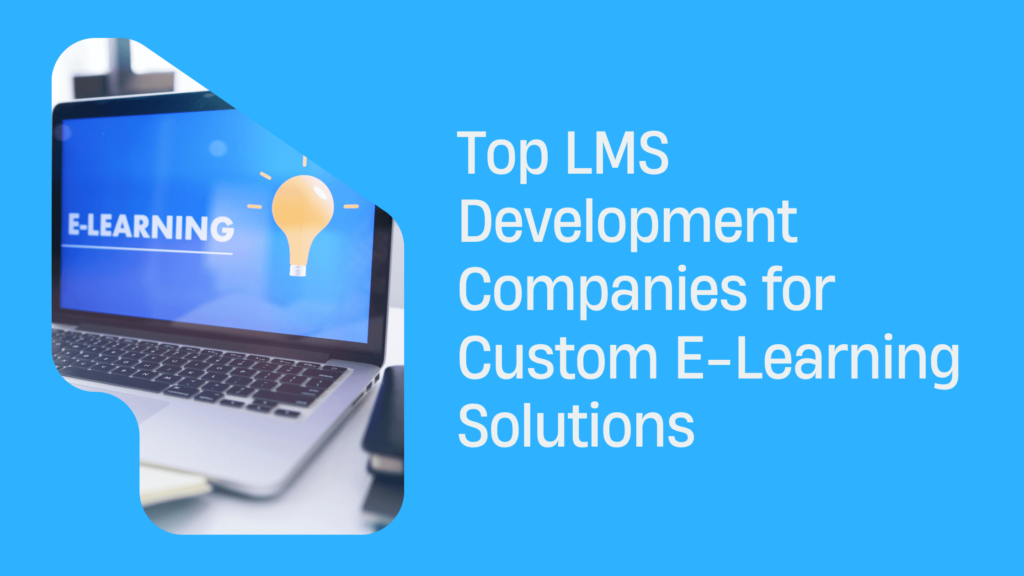How To Setup Facebook Conversion API On Shopify
What is Facebook Conversion API?
What is Facebook Conversion API delves into understanding the Facebook Conversion API (CAPI). It serves as a bridge between your Shopify store and Facebook’s advertising platform. Unlike traditional tracking methods reliant on cookies, CAPI provides a more reliable way to track conversions by directly sending customer data to Facebook’s servers. This data includes events such as purchases, sign-ups, and other actions taken on your website.
By leveraging CAPI, businesses can capture more accurate data, especially from users who block third-party cookies or use privacy-focused browsers. It enhances the accuracy of your ad campaigns, allowing you to optimize targeting and measure performance more effectively. In summary, Facebook Conversion API plays a crucial role in improving the tracking and effectiveness of your advertising efforts on Facebook, leading to better insights and results for your Shopify store.
Importance of Facebook Conversion API for Shopify Store Owners
Accurate tracking of conversions and customer interactions is crucial for optimizing advertising campaigns and maximizing return on investment (ROI). Facebook Conversion API offers Shopify store owners enhanced tracking capabilities, privacy compliance, cross-device tracking, improved ad optimization, and redundancy in data collection. Understanding the significance of Facebook Conversion API can help Shopify store owners leverage this powerful tool to drive growth and success in their ecommerce businesses. Here are some aspects:
- Enhanced Tracking – Facebook Conversion API allows for more accurate tracking of customer interactions and conversions on your Shopify store.
- Privacy Compliance – With the increasing focus on privacy regulations, Facebook Conversion API provides an alternative to traditional pixel tracking methods, ensuring compliance with privacy laws.
- Cross-Device Tracking – By utilizing server-side tracking, Facebook Conversion API enables cross-device tracking, capturing conversions even when customers switch devices.
- Improved Ad Optimization – Accurate conversion data provided by Facebook Conversion API helps Shopify store owners optimize their ad campaigns more effectively, leading to better ROI and performance.
- Redundancy and Reliability – Implementing Facebook Conversion API alongside pixel tracking provides redundancy and reliability in tracking conversions, ensuring no data loss in case of pixel downtime or ad blockers.
Prerequisites for Setting Up Facebook Conversion API on Shopify
Before diving into the setup process, let’s make sure you have everything you need:
- Access to Facebook Business Manager – Ensure you have access to a Facebook Business Manager account, as this is required to set up the Conversion API.
- Shopify Store – Have an active Shopify store that you want to integrate with the Facebook Conversion API.
- Admin Access – You’ll need admin access to your Shopify store to install and configure the necessary tools for the integration.
- Facebook Pixel – Make sure you have already installed and configured the Facebook Pixel on your Shopify store. The Conversion API works alongside the Pixel to track and optimize conversions.
- Developer Tools – Familiarize yourself with basic developer tools and concepts, as you may need to make adjustments to your website’s code to implement the Conversion API properly.
- Basic Technical Knowledge – While setting up the Conversion API is relatively straightforward, having some basic technical knowledge can help troubleshoot any issues that may arise during the setup process.
While not essential for the initial setup, it’s helpful to have a basic understanding of Facebook Ads and how events are tracked. This will make configuring the API for your specific needs smoother.
Detailed Steps on How to Setup Facebook Conversion API on Shopify.
Creating a Facebook Business Account
- Visit Facebook Business Manager – Go to the Facebook Business Manager website and click on “Create Account” to get started.
- Enter Business Details – Fill in your business details, including your business name, email address, and business type.
- Add Business Page – If you have an existing Facebook Page for your business, you can link it to your Business Manager account. If not, you can create a new Page during the setup process.
- Verify Your Business – Facebook may require you to verify your business by providing additional information or documentation, such as your business address or phone number.
- Complete Setup – Follow the prompts to complete the setup process and agree to Facebook’s terms and conditions.
- Add People – Invite other people, such as team members or partners, to access your Business Manager account and collaborate on Facebook advertising campaigns.
- Explore Business Manager Features – Once your account is set up, you can explore the various features and tools available in Business Manager, such as Ads Manager, Business Settings, and Analytics.
Generating Access Token
- Log in to your Facebook Business Manager account.
- Navigate to the Events Manager section.
- Click on Settings and select Data Sources.
- Choose your Shopify store as the data source.
- Go to the Settings tab for your Shopify store.
- Under the Advanced Matching section, click on Generate Access Token.
- Follow the prompts to authenticate your Shopify store and generate the access token.
- Copy the access token provided by Facebook.
- Paste the access token into the appropriate field in your Shopify store’s settings.
- Save your changes and ensure that the access token is successfully applied for Facebook Conversion API integration.
Installing Facebook Pixel
- Access Facebook Events Manager – Log in to your Facebook account and navigate to the Events Manager dashboard.
- Create a Pixel – If you haven’t already created a Pixel, click on Add New Data Source and select Facebook Pixel. Follow the prompts to set up your Pixel.
- Get Pixel Code – Once your Pixel is created, click on Set Up to get your Pixel code. Copy the entire Pixel code provided.
- Access Shopify Admin – Log in to your Shopify admin dashboard.
- Navigate to Online Store – From the Shopify admin, go to Online Store and select “Preferences.”
- Paste Pixel Code – Scroll down to the Facebook Pixel section and paste the Pixel code into the Facebook Pixel ID field.
- Save Changes – Click on Save to save your changes. Shopify will automatically add the Pixel code to all pages of your website.
- Verify Installation – Return to the Facebook Events Manager and click on Verify to ensure that your Pixel is installed correctly.
Setting Up Conversions API
- Access Facebook Business Manager – Log in to your Facebook Business Manager account.
- Navigate to Events Manager – Go to the Events Manager section within your Facebook Business Manager dashboard.
- Select Data Sources – Click on Data Sources and choose Add to create a new data source.
- Choose Conversions API – Select Conversions API as the data source type.
- Enter Source Details – Enter the name of your data source and select your business account.
- Set Up Access – Choose how you want to set up access to your data source.
- Configure Settings – Configure your data source settings, including choosing your Facebook pixel or setting up a new one.
- Add Event Code – Add the Conversions API event code to your website or use a tag manager to implement it.
- Verify Implementation – Verify that the Conversions API is set up correctly and sending data to Facebook.
- Test Events – Test the events to ensure they are being tracked accurately.
Testing the Setup
- Verify Event Tracking – Ensure that the Facebook Conversion API is correctly tracking events, such as page views, add to cart actions, and purchases, on your Shopify store.
- Test Event Data – Review the event data sent to Facebook to confirm that it matches the expected format and includes all necessary parameters, such as event name, currency, and value.
- Check Pixel Data – Compare the data received by the Facebook Pixel and the Conversion API to ensure consistency and accuracy in tracking user actions and conversions.
- Test Different Scenarios – Perform tests under various scenarios, such as different devices, browsers, and user journeys, to validate the accuracy and reliability of event tracking across different contexts.
- Verify Data in Facebook Events Manager – Log in to Facebook Events Manager and check the data received from the Conversion API to confirm that events are being recorded accurately and appear in the dashboard.
- Review Error Logs – Monitor error logs and troubleshooting tools provided by Facebook and Shopify to identify and address any issues or discrepancies in event tracking or data transmission.
- Test in Live Environment – Once satisfied with the setup and testing in a staging or development environment, deploy the Facebook Conversion API on your live Shopify store and continue monitoring for any issues or improvements.
Common Issues and Troubleshooting Tips
Here are some common issues and troubleshooting tips for setting up Facebook Conversion API on Shopify:
- Pixel Configuration Errors – Ensure that your Facebook Pixel is correctly configured on your Shopify store. Double-check pixel IDs and event mappings to ensure accurate tracking.
- API Integration Issues – Verify that the Facebook Conversion API is properly integrated with your Shopify store. Check API credentials, permissions, and installation steps for any errors.
- Data Mapping Problems – Review your event data mappings to ensure that they match Facebook’s requirements. Check for any discrepancies in event parameters, such as currency, content IDs, or product details.
- Event Firing Errors – Monitor event firing on your Shopify store to ensure that all desired actions are being tracked accurately. Use debugging tools or Facebook’s Event Tester to identify any issues with event firing.
- Server-Side Tracking Validation – Test server-side tracking to confirm that events are being sent correctly to Facebook. Use test events or manual logging to verify data transmission and troubleshoot any errors.
- Privacy and Compliance Concerns – Ensure that your Facebook Conversion API implementation complies with privacy regulations, such as GDPR and CCPA. Review data handling practices and obtain necessary consent from users for tracking activities.
- Performance Optimization – Optimize server-side tracking for efficiency and reliability. Monitor server response times, error rates, and data transmission speed to identify and address any performance issues.
By addressing these common issues and following troubleshooting tips, you can ensure a smooth and successful setup of Facebook Conversion API on your Shopify store.
Conclusion
In the conclusion of our guide on setting up Facebook Conversion API on Shopify, we’ve covered the importance of implementing this powerful tool to track and optimize your advertising campaigns effectively. By integrating Conversion API, you can accurately measure conversions and improve the performance of your Facebook ads, ultimately driving more sales and revenue for your Shopify store.
Additionally, we’ve highlighted the ease of setup and the potential benefits for your ecommerce business, making it a valuable addition to your marketing toolkit. With Conversion API, you can gain valuable insights into customer behavior and make data-driven decisions to enhance your advertising strategy on Facebook.



